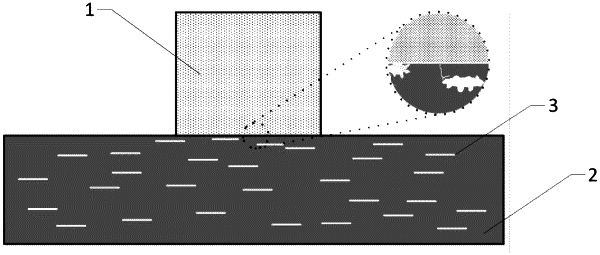| CPC C09K 3/18 (2013.01) [C08K 3/08 (2013.01); C08K 9/04 (2013.01)] | 15 Claims |

|
1. An intelligent anti-icing material, comprising
a hydrophobic resin,
a nickel-titanium alloy wire embedded in the hydrophobic resin, and
a binder for bonding the nickel-titanium alloy wire to the hydrophobic resin,
wherein:
the hydrophobic resin has a thermal expansion coefficient of not less than 90.5×10−6 K−1;
the nickel-titanium alloy wire has a martensite transformation point temperature in a range of −30 to −10° C.;
the nickel-titanium alloy wire has a length of 0.3 to 1.5 cm and a diameter of 70 to 160 μm; and
the binder is a Schiff alkali metal complex.
|